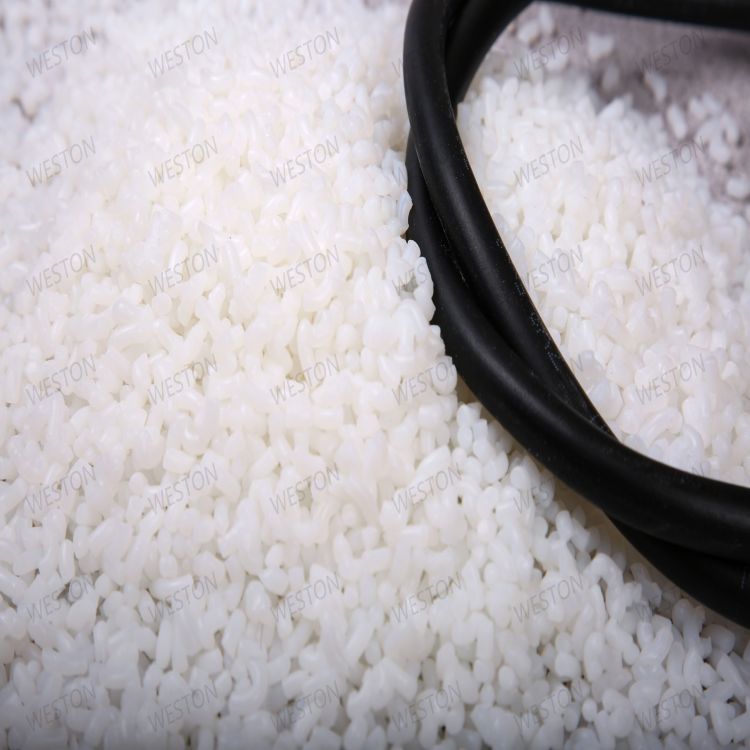-
Categories
-
Pharmaceutical Intermediates
-
Active Pharmaceutical Ingredients
-
Food Additives
- Industrial Coatings
- Agrochemicals
- Dyes and Pigments
- Surfactant
- Flavors and Fragrances
- Chemical Reagents
- Catalyst and Auxiliary
- Natural Products
- Inorganic Chemistry
-
Organic Chemistry
-
Biochemical Engineering
- Analytical Chemistry
- Cosmetic Ingredient
-
Pharmaceutical Intermediates
Promotion
ECHEMI Mall
Wholesale
Weekly Price
Exhibition
News
-
Trade Service
4.
4.
According to GB/T6283 regulations
4.
4.
Put 63g of iodine in a dry 1L brown glass bottle with stopper, add 600mL of methanol , then add 25g of anhydrous sodium iodide which has been dried at 150℃ to constant weight and 85g of anhydrous acetic acid which has been dried at 150℃ to constant weight Sodium , stopper the bottle, shake until all iodine and salts are dissolved (solution A)
Pass sulfur dioxide in anhydrous methanol cooled with ice water to make 1L contain 256g (4mol/L) sulfur dioxide (solution B)
Add 90mL of solution B (containing 23g of sulfur dioxide) or directly pass 23g of dry sulfur dioxide gas into the solution of sulfur dioxide A, then dilute to 1L with methanol, mix well, and store in a dark place for later use
4.
According to GB/T6283 regulations
The difference between the two parallel determination results shall not be greater than 0.
4.
The sample size is 5g, the burning temperature after carbonization is (750±25)℃, and the rest shall be carried out according to GB/T7531
The difference between the two parallel determination results shall not be more than 0.
4.
4.
The aqueous solution of a certain amount of sample is compared with the silver chloride standard turbidity solution
.
4.
4.
2 Reagents and materials
a) Nitric acid solution: 1+2;
b) Dextrin solution: 20g/L;
c) Silver nitrate solution: 20g/L:
d) Chloride standard solution: 1mL contains 0.
01mg Cl
.
4.
4.
3 Analysis steps
Weigh 2g of the sample, accurate to 0.
1g in a 50mL colorimetric tube, add 20mL of water to dissolve, dilute to the mark and shake
.
Compared with the standard turbidity solution of silver chloride , it is qualified when the turbidity of the sample is not greater than the standard turbidity solution
.
Preparation of standard turbidity solution: Pipette 0.
2mL of chloride standard solution into a 50mL colorimetric tube, add 20mL of water, 1mL of nitric acid solution, 0.
2mL of dextrin solution, and 1mL of silver nitrate solution, dilute to the mark, shake well, and place for 15min
.
4.
5 Determination of heavy metals
4.
5.
1 Method summary
Trace heavy metals and sodium sulfide in acidic acetic acid solution can produce dark brown, which is compared with the standard colorimetric solution with known content
.
4.
5.
2 Reagents and materials
a) Acetic acid solution: 300g/L;
b) Sodium sulfide solution: 20g/L;
c) Lead standard solution: 1mL contains 0.
01mgPb
.
4.
5.
3 Analysis steps
Weigh 5g sample, accurate to 0.
1g, dissolve it in a 50mL colorimetric tube, add 25mL water, add 2 drops of acetic acid solution and 2 drops of sodium sulfide solution, shake well, leave it for 5 minutes, and compare it with the standard colorimetric solution.
It is qualified when the color is not darker than the color of the standard colorimetric solution
.
Preparation of standard colorimetric solution: Take 5.
0 mL of lead standard solution and treat it in the same way as the sample
.
4.
6 Determination of chloride
4.
6.
1 Method summary
In the acidic solution of nitric acid, the chloride in the sample reacts with the silver mineral acid to produce white turbidity, which is compared with the standard turbidity solution of known content
.
4.
6.
2 Reagents and materials
Same as 4.
4.
2
4.
6.
3 Analysis steps
Weigh 0.
2g sample, accurate to 0.
01g, in a 50mL colorimetric tube, add 15mL water to dissolve, add 5mL nitric acid solution, 25mL water, 0.
2mL dextrin solution and 1mL silver nitrate solution, dilute to the mark, shake well, Leave it for 15 minutes
.
Compared with the standard turbidity solution in the axial direction, it is qualified when the turbidity is not greater than the standard turbidity solution
.
Preparation of the standard turbidity solution: Take 3.
0 mL of the chloride standard solution and treat it in the same way as the sample
.







